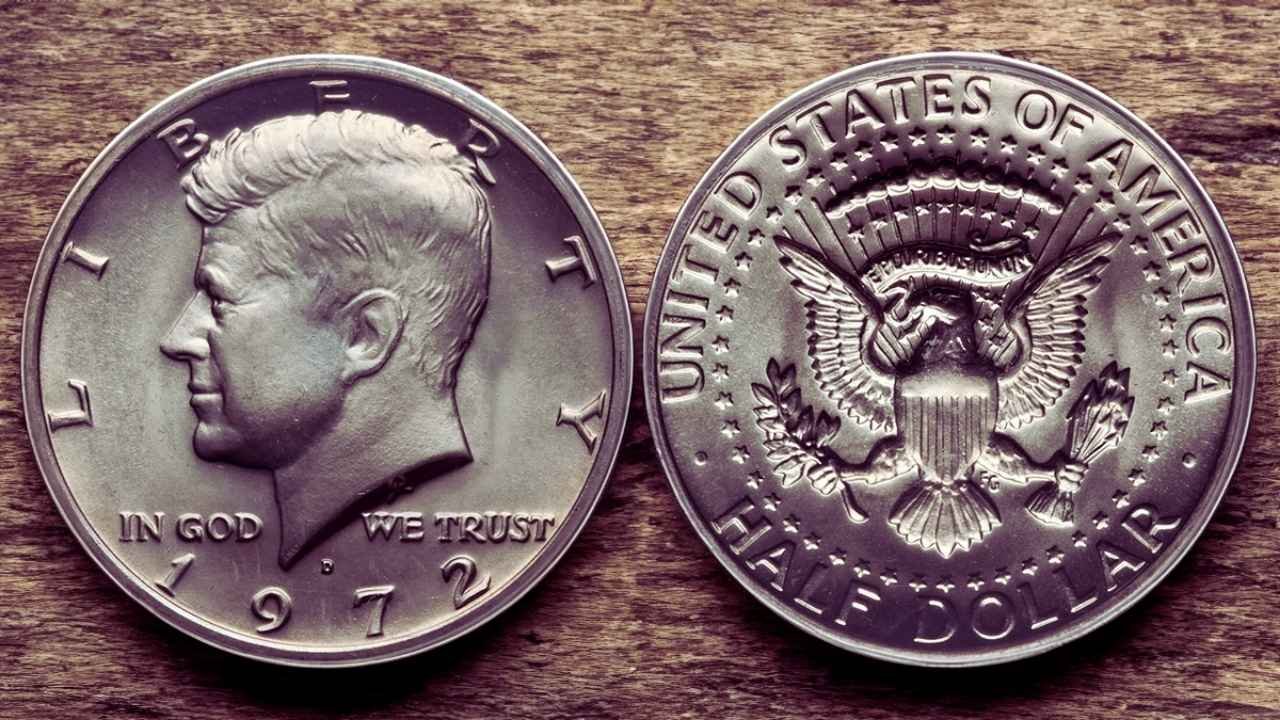U.S. coins are more than just pocket change. They’re tiny pieces of history that tell stories about America’s past. From the designs on a penny to the metals in a quarter, coins show how the country has changed over time. Teachers and parents can use coins to help kids learn about big historical moments in a fun, hands-on way. By looking at coins, kids can see how events, people, and even technology shaped the nation.
Coins Show Famous Faces and Events
Every coin has a story. For example, the Lincoln penny, first made in 1909, honors President Abraham Lincoln, who helped end slavery. The back of the penny has changed over time, showing things like the Lincoln Memorial or a shield to mark the Union’s strength. Kids can look at these designs and learn about Lincoln’s role in the Civil War. Other coins, like the quarter with George Washington or the dime with Franklin D. Roosevelt, connect to key leaders and moments. By studying these, kids can understand why certain people were chosen to be on coins.
Materials Tell a Bigger Story
The stuff coins are made of also teaches history. Early U.S. coins were often silver or gold, but during World War II, metals were needed for the war effort. In 1943, pennies were made of steel instead of copper to save resources. Kids can compare a shiny 1943 penny to a regular copper one and talk about how the war affected everyday life. Today’s coins use cheaper metals like zinc and nickel, showing how money and costs have changed. This helps kids see how economic and world events shape even small things like coins.
Designs Reflect Cultural Shifts
Coin designs change to show what America values. The 50 State Quarters program, from 1999 to 2008, put unique designs for each state on the back of quarters. Kids can look at a quarter from their state and learn about its history, like California’s gold rush or New York’s Statue of Liberty. Special coins, like those for the 1976 Bicentennial, celebrated America’s 200th birthday with designs of independence. These changes let kids explore how the country celebrates its identity and culture over time.
Hands-On Learning with Coins
Using coins in class or at home makes history exciting. Kids can sort coins by year, design, or material and ask questions about what was happening when the coin was made. For example, a 1969 quarter might spark talk about the moon landing. Teachers can create activities where kids match coins to historical events or figures. This hands-on approach helps kids remember facts better than just reading a book.
| Coin | Year | Historical Connection |
|---|---|---|
| Lincoln Penny | 1909 | Honors Abraham Lincoln, Civil War era |
| Steel Penny | 1943 | World War II metal conservation |
| Bicentennial Quarter | 1976 | Celebrates U.S. 200th anniversary |
Why Coins Work for Kids
Coins are perfect for teaching because they’re easy to find and fun to explore. Kids can hold a piece of history in their hands, making lessons feel real. Parents can dig through change jars at home, and teachers can bring in old coins for class projects. Coins also connect to math, art, and social studies, so kids learn in many ways at once. By using coins, history becomes something kids can touch, see, and talk about, sparking curiosity about America’s past.
